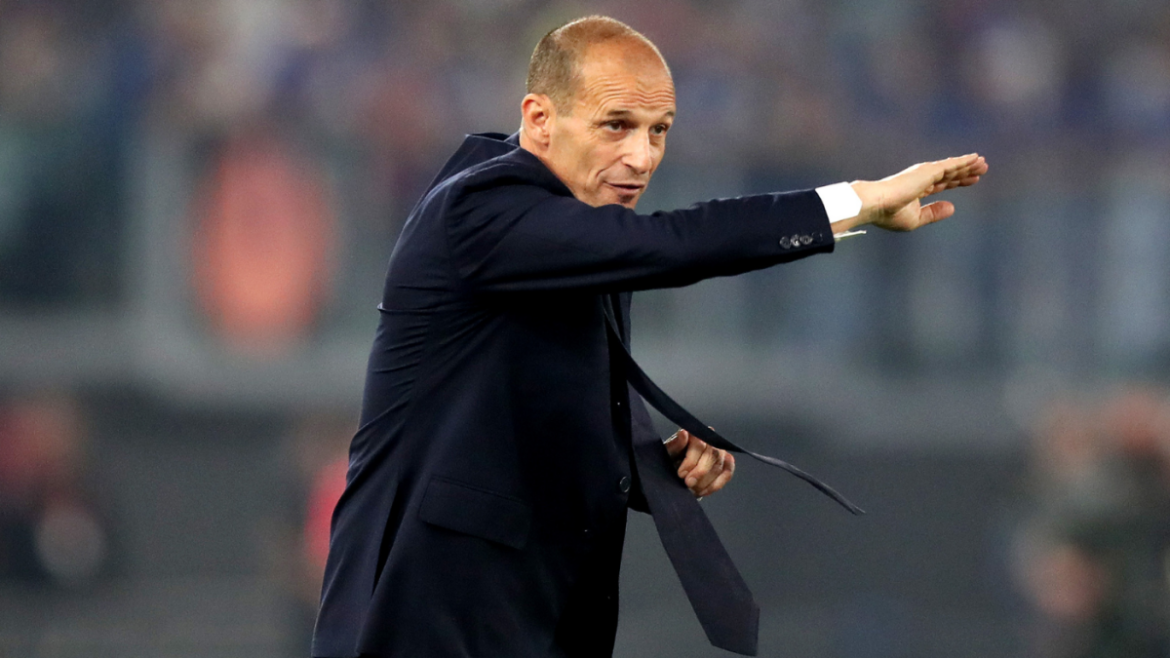AC Milan’s Strategic Shift: The Return of Massimiliano Allegri and Its Implications for Christian Pulisic
AC Milan’s decision to reappoint Massimiliano Allegri as head coach marks a pivotal moment for the club as it seeks to recover from a turbulent period and re-establish itself among football’s elites. This move, coming after the dismissal of Sergio Conceicao, brings with it a host of tactical and developmental questions—especially concerning influential players like USMNT star Christian Pulisic, whose role could be reshaped under Allegri’s pragmatic and defensively astute leadership.
—
The Context of Allegri’s Return
Massimiliano Allegri’s return to Milan is laden with historical significance. Previously managing the club from 2010 to 2014, Allegri enjoyed success by blending solid defensive organization with effective counter-attacking strategies. His tenure helped Milan capture important domestic honors, and his reappointment is viewed as a strategic effort to restore稳定 and competitive edge, particularly after Milan’s recent slump into an eighth-place Serie A finish and consequent European qualification failure.
Allegri takes over amid a crisis state, tasking him with the challenge of reviving a squad still rich in talent but lacking clear direction under Conceicao. The timing also coincides with Milan’s desire to build a cohesive project for sustained success, emphasizing both immediate results and long-term growth.
—
Tactical Philosophy: Pragmatism Over Flair
Allegri’s coaching style is fundamentally results-oriented and pragmatic. Unlike some managers who prioritize flowing, attacking football, Allegri is known for his tactical discipline, effective defensive structure, and capacity to adapt formations based on opponents. This approach can sometimes constrain individual creativity in favor of team solidity and strategic efficiency.
For AC Milan, this often means a more cautious, controlled buildup and prioritization of compactness to avoid leaks at the back. Though criticised for limiting offensive exuberance, Allegri’s method has repeatedly delivered trophies, notably during his Juventus era where he won multiple Serie A titles with a balanced but not flashy style.
—
Christian Pulisic Under Allegri: Opportunities and Challenges
Christian Pulisic, a marquee signing for Milan and USMNT captain, faces both opportunities and hurdles under Allegri. Pulisic’s versatility—his ability to operate as a winger, attacking midfielder, or in more varied attacking roles—is one of his greatest assets and aligns well with Allegri’s preference for players who can execute tactical instructions precisely.
– Defensive Responsibilities: Allegri expects rigorous defensive work from his players, including forwards. Pulisic’s willingness and capability to press and track back could secure him a favorable position in the lineup.
– Adaptability: Pulisic’s demonstrated tactical discipline and team-oriented mindset might allow him to flourish even within Allegri’s structured framework. The coach tends to adapt roles based on player strengths, which could mean Pulisic might be deployed in ways that optimize his dynamism while maintaining defensive balance.
– Potential Limitations: Allegri’s pragmatism could limit moments for spontaneous attacking creativity. Pulisic might need to recalibrate his game to fit a system that values stability and pragmatic risk-taking over free-flowing offensive expression.
—
Broader Squad Implications and Milan’s Direction
Allegri inherits a team that blends experienced leaders with emerging talents, including other American internationals like Yunus Musah. His appointment signals a shift toward a more mature, tactically coherent Milan side focusing on solid defensive foundations and calculated attacking ventures.
The club’s direction under Allegri may include:
– Structured defensive lines that prioritize minimizing errors.
– A balanced midfield controlling tempo and transitions.
– Selective pressing to conserve energy and disrupt opponents efficiently.
– Exploiting key attacking players in roles engineered for maximal effectiveness within the team’s broader tactical plan.
This strategic overhaul may not only stabilize Milan’s league performances but also rejuvenate player development, ensuring stars like Pulisic and Musah develop resilience and tactical intelligence.
—
Conclusion: A New Chapter Charged with Potential
Massimiliano Allegri’s return to AC Milan represents both a challenge and a promise. His pragmatic, disciplined style contrasts with the flair many fans hope to see, but the coach’s proven success in Italy’s top tier and his ability to manage star players may provide the foundation Milan needs to climb back to prominence.
For Christian Pulisic, this means adapting to a system valuing collective structure and defensive work rate, potentially evolving into a more versatile, tactically astute player—what some call “Pulisic 2.0.” If this transformation is successful, it could not only redefine his career trajectory but also boost Milan’s quest for rejuvenated glory.
Ultimately, Allegri’s appointment is not merely a managerial change but a strategic pivot. Milan aims to build a results-driven business model on the pitch, where pragmatic football leads to consistent success, and players like Pulisic are molded into complete, multi-dimensional talents ready to thrive in the rigorous demands of Serie A and beyond.





